As global populations age, the silver economy—economic activity driven by consumers aged 50 and above—continues to expand rapidly. This demographic shift presents valuable opportunities for oral care brands. While younger audiences often dominate marketing conversations, the senior oral care market is emerging as a powerful, underserved segment. In this blog, we explore why the middle-aged and elderly consumer group holds high potential for electric oral hygiene products, and how brands can partner with the right manufacturing experts to tap into this growing demand.
As people age, their oral health challenges become more complex. Common issues include gum recession, dry mouth, tooth sensitivity, and dexterity loss. These changes call for tailored solutions—not just basic hygiene tools.
For example:
Older adults may struggle with manual brushing due to arthritis or reduced motor control.
Dental work such as implants, bridges, or partial dentures requires gentle but effective cleaning.
This is where age-friendly dental products—particularly electric toothbrushes and oral irrigators designed for elderly users—can make a meaningful difference.
Electric toothbrushes for the elderly offer several advantages over manual brushes:
Ease of use: With ergonomic handles and automated cleaning action, electric models reduce physical strain.
Consistent cleaning: Timed brushing and pressure sensors help ensure proper technique without overexertion.
Compatibility with sensitive gums: Many electric models include soft modes and gentle bristle options ideal for aging mouths.
Manufacturers offering these features are in high demand among brands seeking to create targeted products. Customizable functions and ADA-compliant designs are key differentiators.
Preventive dentistry is becoming a healthcare priority for aging populations. Governments, insurers, and healthcare providers increasingly emphasize prevention over reactive treatments. Oral hygiene products that support early intervention, plaque control, and gum disease prevention align with this trend.
This shift means senior-focused electric oral hygiene tools are not just a consumer product, but part of a broader public health movement. Manufacturers capable of aligning production with preventive dentistry strategies will find strong interest from forward-thinking brands.
To seize the opportunity in the elderly consumer group oral care market, oral care brands need capable, flexible, and quality-focused manufacturing partners. Key qualities to consider include:
Experience in ergonomic and medical-grade product design
Customization options for age-specific packaging, brush heads, or water flosser pressure ranges
Regulatory compliance, particularly for products sold in healthcare channels
Capacity for small-batch or diversified product runs, to test market segments quickly
Partnering with the right factory ensures products not only meet performance expectations but also support brand positioning as a leader in age-friendly dental products.
The middle-aged and elderly population is not just a niche—it’s a future-proof market for oral hygiene brands. As part of the rising silver economy, these consumers value quality, comfort, and reliability—traits that well-designed electric toothbrushes for the elderly can offer. With aging-friendly design, a focus on preventive dentistry, and the right manufacturing partner, brands can unlock new growth and contribute to better long-term oral health outcomes.
For oral care brands seeking manufacturing partners experienced in this space, now is the time to explore collaborations and co-develop product lines tailored to the needs of senior consumers.
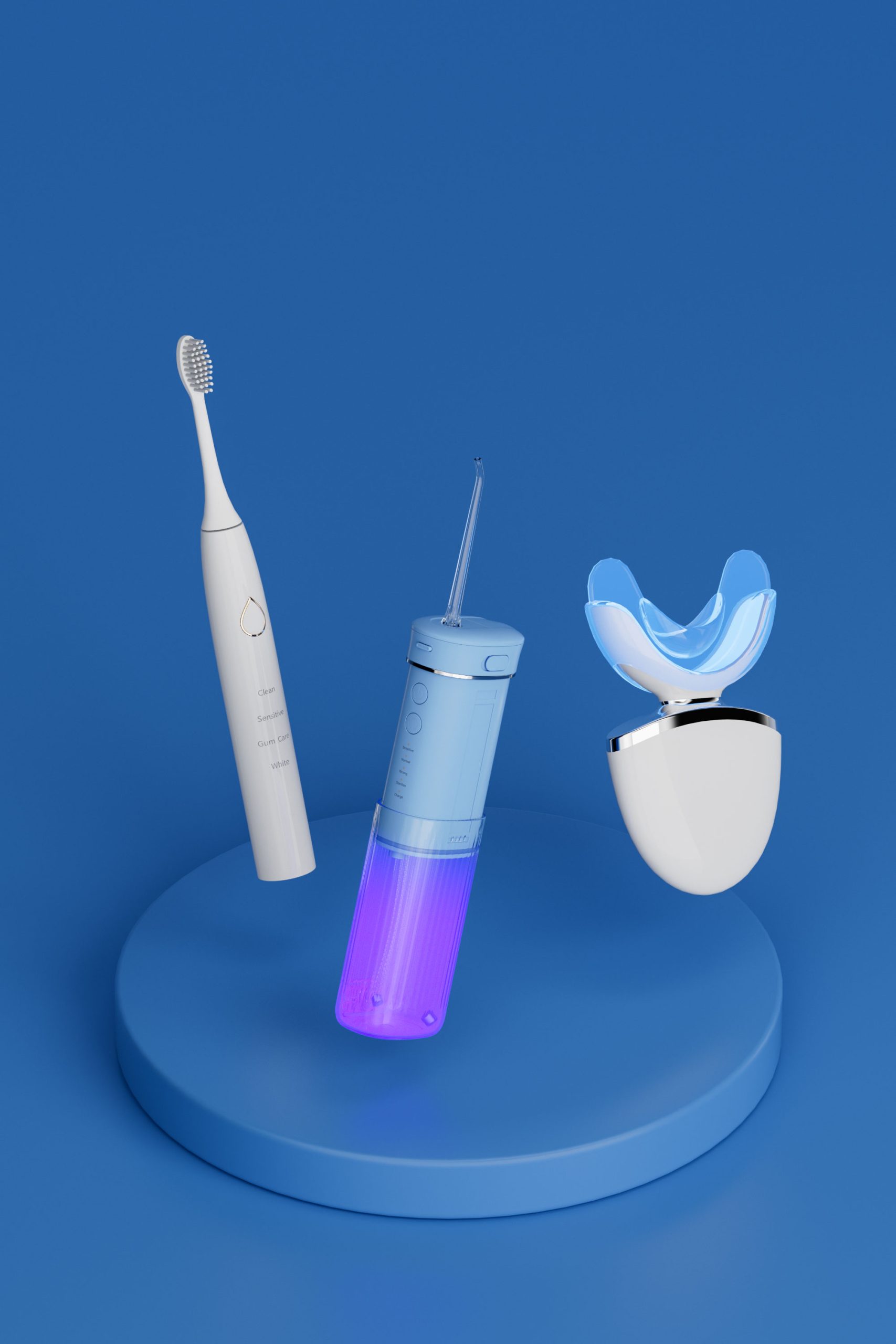
PowSmart’s Commitment to Quality: What Sets Our Oral Care Products Apart
Parts Shortages and OEM Liability Disrupting Supply Chains?

How to Deal with Sudden Tooth Sensitivity?
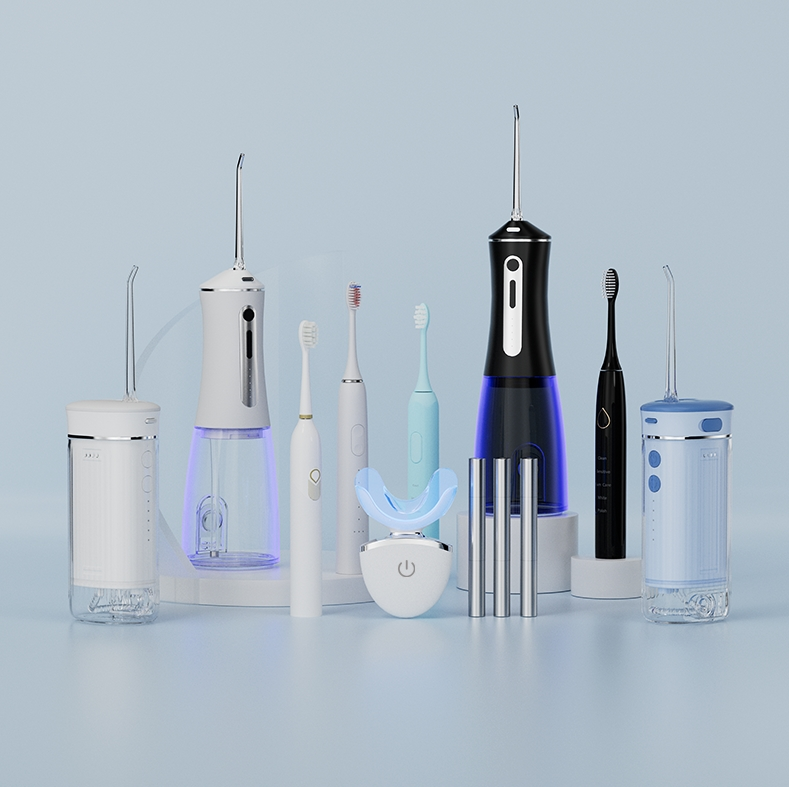
Dental Care Products Market – Is There Space for Startups?
.jpg)
A Guide to Designing Good-Looking Electric Toothbrush: How Can Macaron Colors + APP Interconnection Increase Product Premium?

Good habits can whiten teeth that you should know
How Dangerous Are Jet Instability and Power Surges?
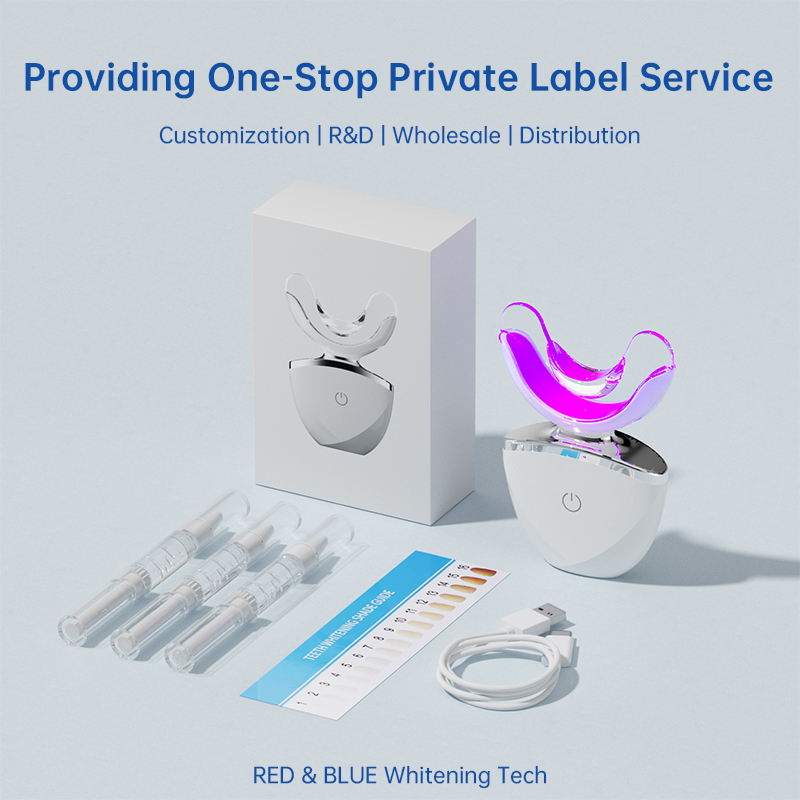
Teeth Whitening Kit OEM: Customizable Solutions for Businesses
.jpg)
Five Advantages of Electric Toothbrush Customization Service: Why Brand Owners Choose OEM/ODM?
.jpg)
How often should you change your brush head for optimal cleaning?
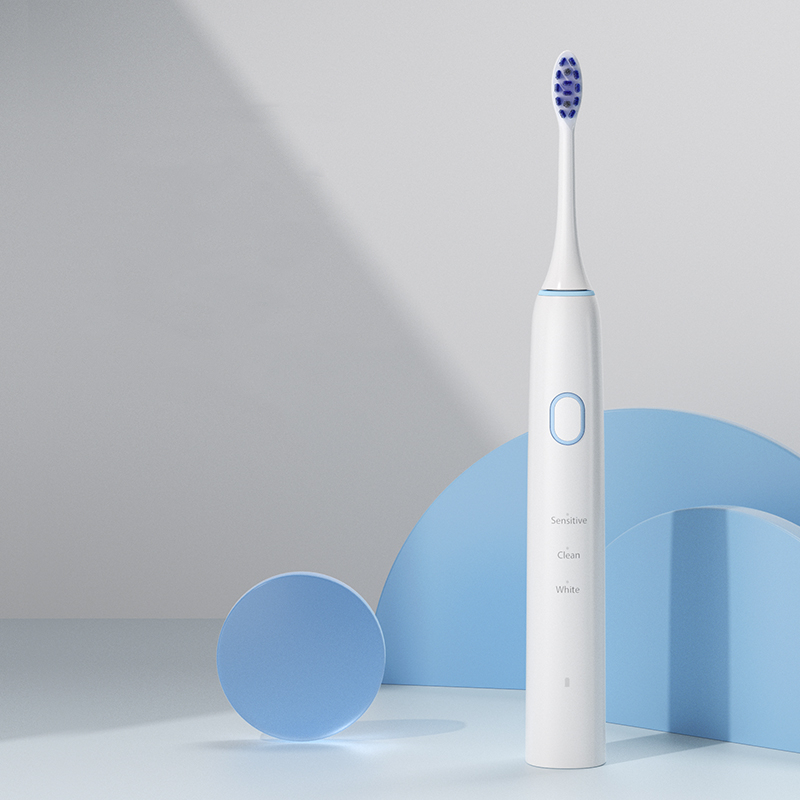
Electric Toothbrush for Students: Budget-Friendly OEM Options
Electric Toothbrush Price Comparison for Home Maker
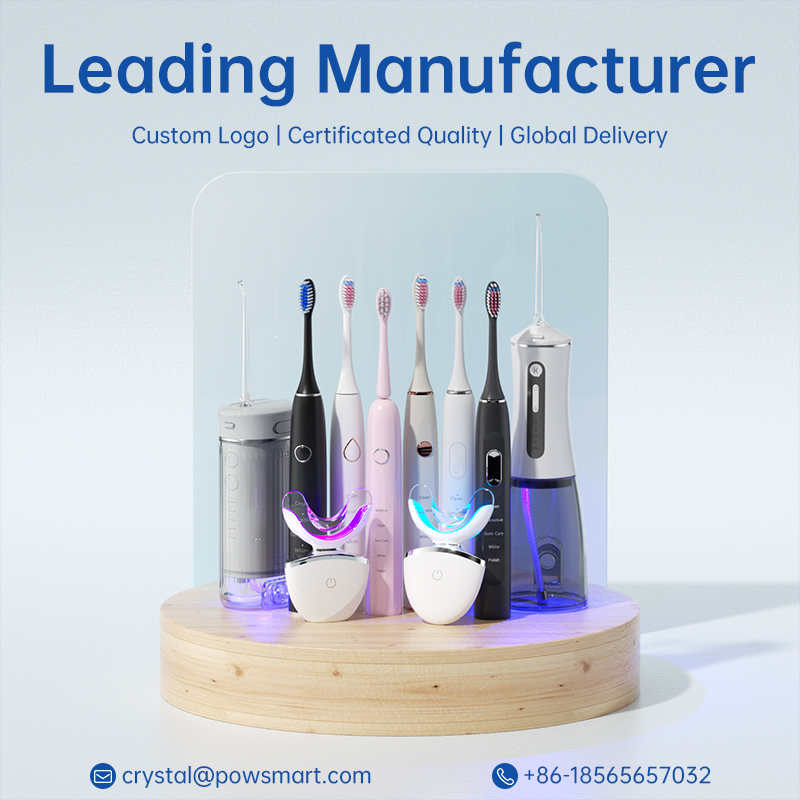
Why a Surat luxury toothbrush demands a Gold plated toothbrush finish
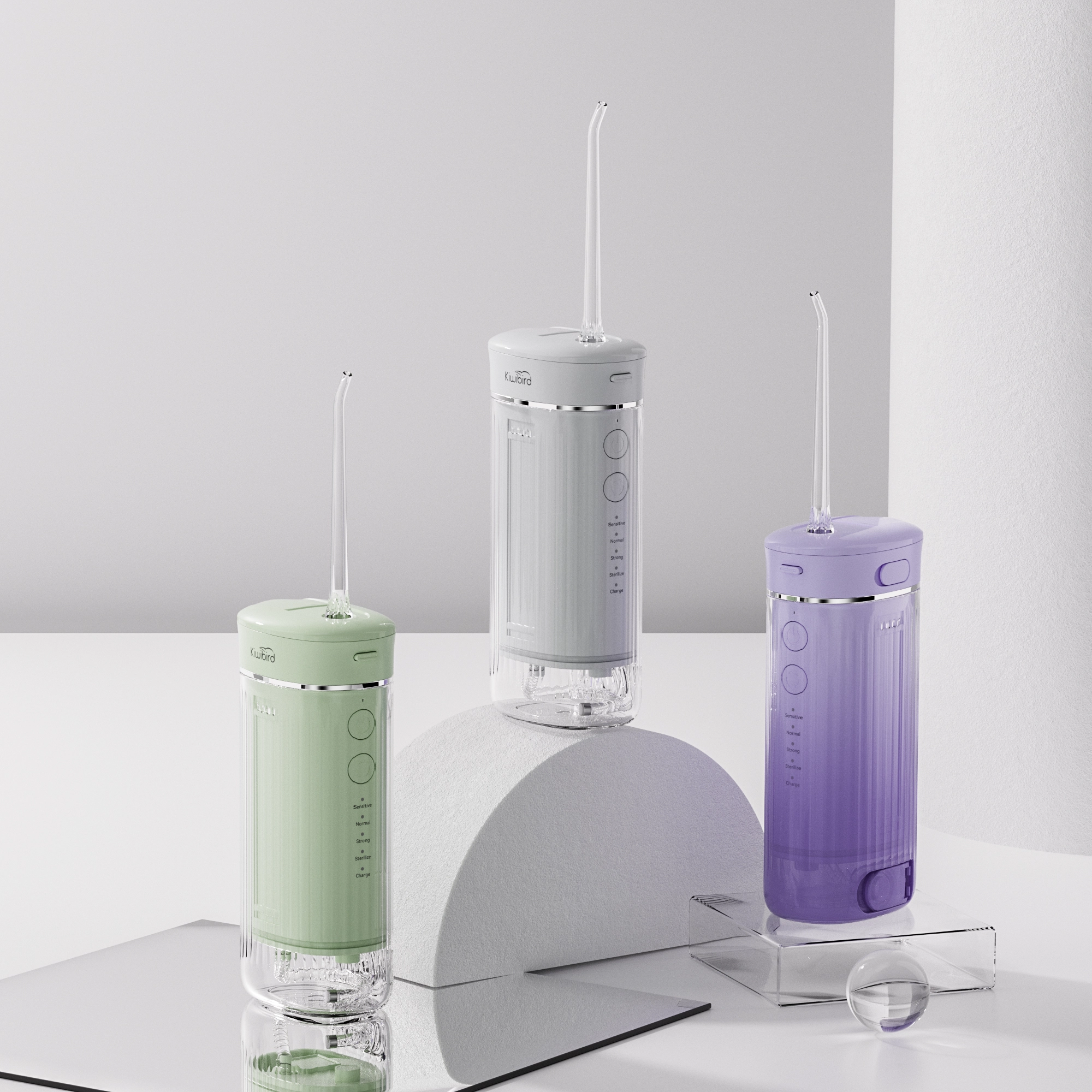
Is the Water Flosser Worth Buying?

Bleeding Gums, Don’t Worry: Understanding Water Flossing Benefits
.jpg)
Need a wholesale toothbrush that supports OEM toothbrush customization?

Electric toothbrush heads Charcoal Infused-Diamond
.jpg)
Florida Electric Toothbrush – Powsmart PTR-C8

Private Label Whitening Gel

electric toothbrush heads Deep Clean

electric toothbrush heads Ultra Soft

electric toothbrush heads Regular Clean

electric toothbrush heads Charcoal Infuse-Round

Customization Teeth Whitening Gel
whstapp
whstapp
National Toll-Free Service Hotline
+86 755 86238638